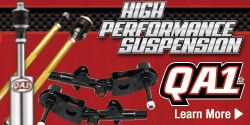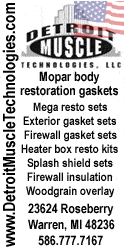You can wipe out an HEI module just as easily as any other....

when you trigger a spark out of the coil secondary, you have what is much like a "recoil" type action in the primary... the action that creates the spark has a smaller reaction going the other way in the primary of the coil, that "kick" hits the ignition module. it can be 350 400 Volts
basically shoot that shotgun and you will feel it in your shoulder every time
your ignition module and your tacho is "the shoulder".
Harsh environment, made harsher by the way we dive our cars and what we make them do over and above going to the shops and visiting grandma....
on top of that i doubt the components used these days, were specifically off a production line making components for an ignition module, i.e selected specifically for the job. Modern components probably had aspirations to be in a PC power supply a nice HI-FI or part of a battery charger or some such.... not be stuck in a metal box in a hot engine bay after being covered in a nice big insulating gloop of epoxy resin
Dave
















